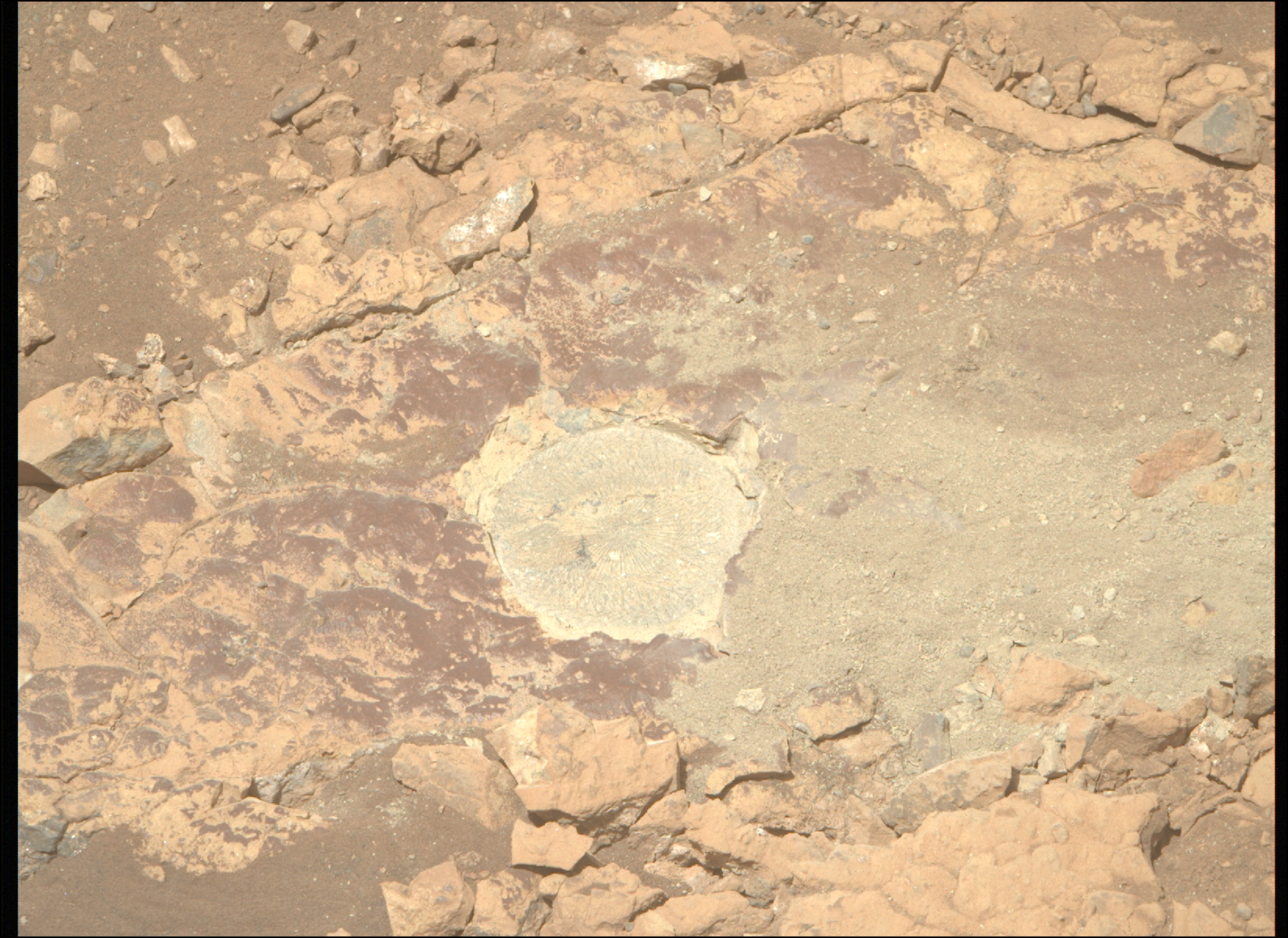Nasa
21h
18

Image Credit: Nasa
Clay Minerals From Mars’ Most Ancient Past?
- Recent detections of clay-bearing bedrock on Jezero’s crater rim by the Perseverance Science Team has sparked excitement and a desire to sample.
- Perseverance rover captured an image of the Laknes abrasion on the Krokodillen plateau, showing clay-bearing bedrock on the outer slopes of the Jezero crater rim.
- The SuperCam instrument detected signatures of clay-minerals, known as phyllosilicates, which form through interactions between basaltic rocks and liquid water.
- These phyllosilicates are adept at preserving organic materials by adsorbing or encapsulating them within their mineral structure.
- The clay-bearing rocks in this region around Jezero are believed to date back to Mars’ Noachian period, around 4 billion years ago, suggesting a warmer and wetter past for Mars.
- Perseverance sampled the Strong Island abrasion patch in April and has since been exploring the clay-bearing unit more extensively, creating the Laknes abrasion on Sol 1526.
- Initial data suggests variability in the clay signature across the Krokodillen plateau, prompting further geological context establishment and sampling site selection by the Science Team.
Read Full Article
1 Like
For uninterrupted reading, download the app